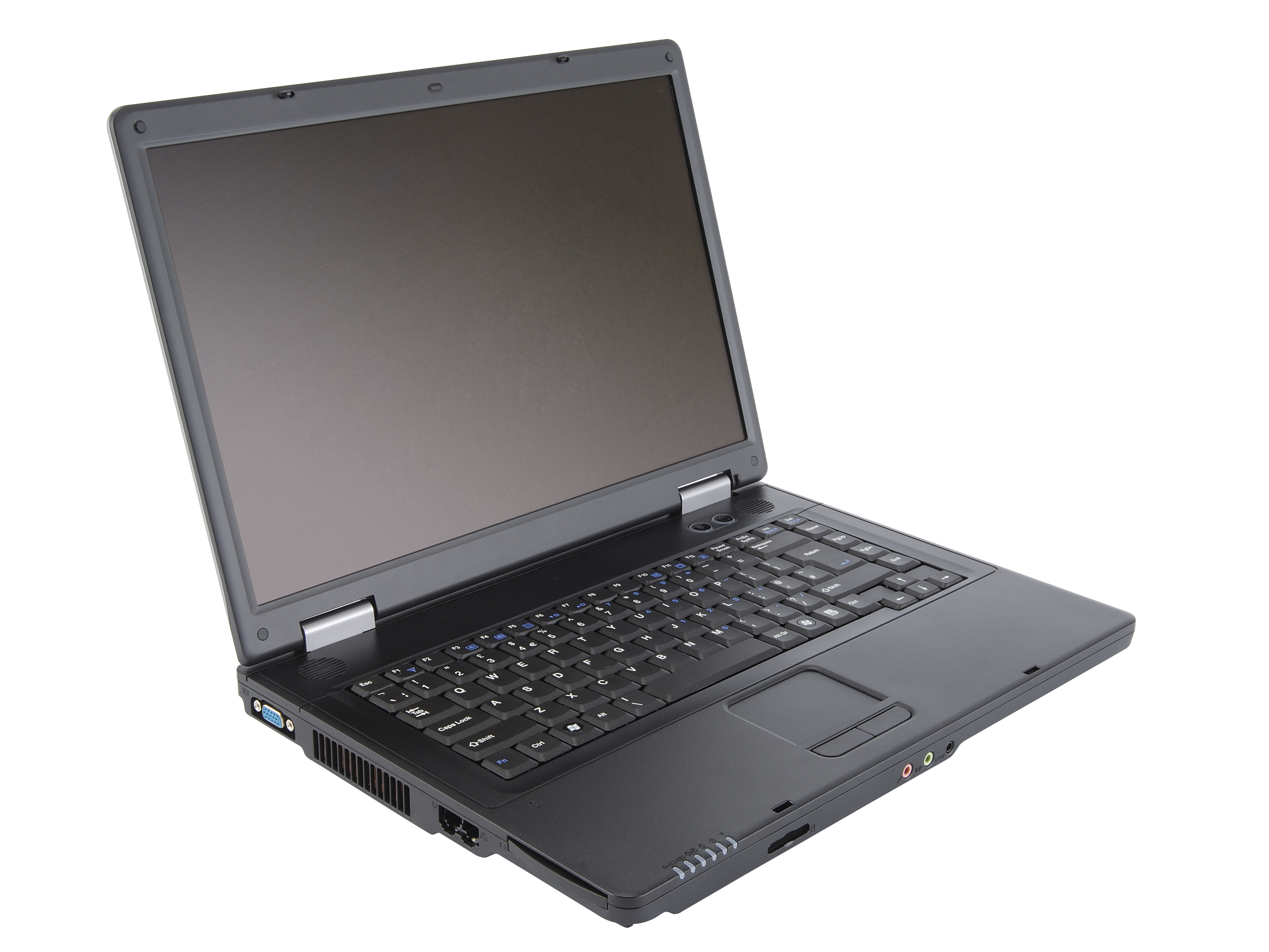TechRadar Verdict
Bargain power from this Santa Rosa portable
Pros
- +
Superb value
Comfortable in use
Cons
- -
Limited system specification
Why you can trust TechRadar
You'd be correct in thinking that the chassis of this new Zoostorm laptop looks familiar. The company has stuck with the same-looking models for over a year, but what's behind this 15.4-inch notebook is some serious hardware for under £500.
Zoostorm laptops have a classic layout. There are no bells and whistles here, but you'll find everything you need for this price bracket and it even copes well with Vista.
Santa Rosa chipset
What you won't get for £480 is dedicated graphics. The Zoostorm 52-4201 relies on onboard graphics, but the Intel PM965 Santa Rosa chipset bolsters this product from the start and can handle Vista's Aero function with ease.
As well as the very latest Intel mobile platform the 52-4201 features an Intel Core 2 Duo T7100 1.8GHz chip and 1GB of DDR2 RAM (expandable to 2GB). Elsewhere, the 120GB hard drive has just been upped to 160GB - plenty for most mobile users.
However, we did find the drive was quite audible and with Vista's constant thrashing the sounds were distracting and oddly high-pitched.
On paper the 52-4201 has a lot going for it, and our tests proved that it's a genuinely capable Vista machine at a bargain price.
The laptop only scored 1.0 on the Windows Experience Index - shockingly low seeing as Aero worked perfectly, but the WIE isn't the best judge as we've found out time and time again.
Using Cinebench 9.5, a utility to assess system performance, we were able to gain a better picture of how the processor and graphics work under real circumstances.
A Cinebench 9.5 score for multi-processor tasking of 1.78 was surprisingly high for a Vista notebook with just 1GB RAM. In comparison the new Samsung Q70 at nearly £850 manages only slightly better. No dedicated graphics means that only very basic gaming is possible, but all of Vista's graphical demands appeared to be met.
Rock solid
As far as the chassis goes we've seen little variation from previous models, except that the gun-metal grey interior has been replaced by black, which unfortunately shows up marks easily.
That doesn't mean that the laptop's housing is poor though - in fact, we found the chassis to be very tough. It might not look as sleek as higher-end machines, but it's solid and well suited for use anywhere.
There was almost no flexing on the 15.4-inch widescreen and the keyboard, mouse buttons and touchpad were every bit as good as machines over £750.
Other features are fairly basic, but this laptop is designed primarily for home office use and the Internet, so we weren't expecting HDMI output or a Web cam. Four USB2 ports is welcome however, and the mini-jack optical S/PDIF out was a nice addition.
A memory card reader (supports Secure Digital, Multimedia Card, Memory Stick) and 802.11g wireless LAN are now standards. The wireless switch is accessed via a Function key on the keyboard rather than an actual switch, however.
Battery life lived up to its quoted three hours, less on high-performance setting. This is still around average for most notebooks so it's certainly portable, but to be honest it'll be more useful in the home.
Whatever your purpose though, you'll find it hard to match what this notebook offers for £500 elsewhere. Great value.
Tech.co.uk was the former name of TechRadar.com. Its staff were at the forefront of the digital publishing revolution, and spearheaded the move to bring consumer technology journalism to its natural home – online. Many of the current TechRadar staff started life a Tech.co.uk staff writer, covering everything from the emerging smartphone market to the evolving market of personal computers. Think of it as the building blocks of the TechRadar you love today.
